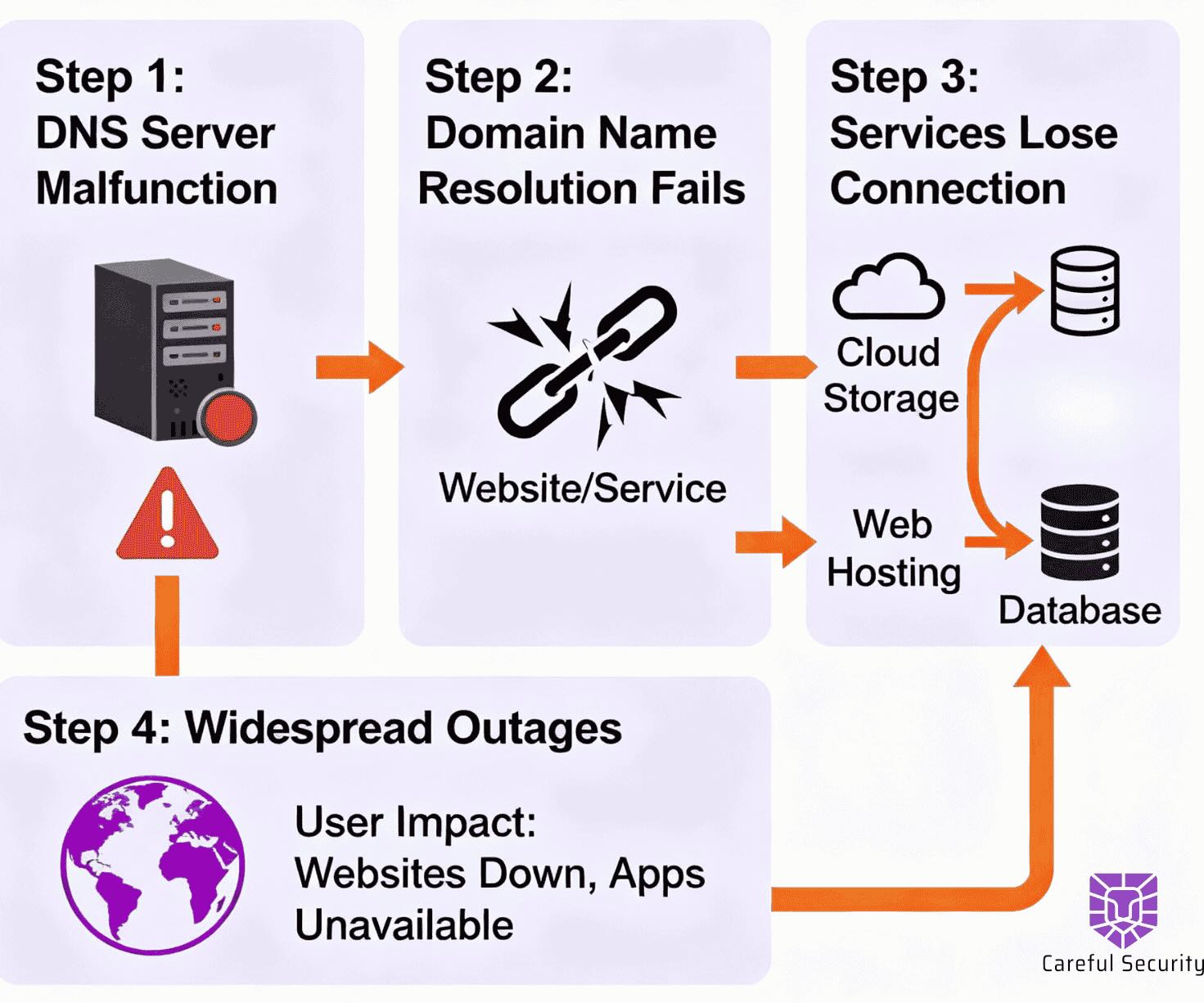Why Most Companies Fail Their First SOC 2 or ISO 27001 Audit — And How to Avoid It

Passing your first audit isn't about luck — it’s about readiness.
But here’s the truth that most compliance vendors won’t tell you:
40–60% of companies fail their first SOC 2 or ISO 27001 audit due to avoidable mistakes.
The consequences? Delays. Lost deals. Frustrated teams. And tens of thousands in wasted spend.
At Careful Security, we’ve helped dozens of companies not only pass — but build security maturity in the process. This guide breaks down:
- Why companies fail
- What auditors are really looking for
- And a simple plan to pass on the first try
The 5 Most Common Reasons Companies Fail Their First Audit
1. No Risk Assessment = No Strategy
SOC 2 and ISO 27001 both require formal risk assessments.
But most first-time auditees:
- Don’t know how to conduct one
- Haven’t updated it in 12+ months
- Can’t link their controls back to actual risks
94% of organizations audited under HIPAA failed due to inadequate risk management
(Source: HHS OCR Audit Program)
Fix it: Start with a guided risk register. Identify assets, threats, and mitigation plans early.
2. Missing or Copy-Paste Policies
Auditors expect tailored policies — not templates you forgot to customize.
Common misses:
- No policy owner or review cycle
- Inconsistent terminology
- A policy exists… but no one's following it
Fix it: Align your policies to your actual environment. Then track them in a centralized policy hub with timestamps and ownership.
3. No Evidence of Control Implementation
Having a policy isn't enough — you need to prove it’s enforced.
Your auditor will ask:
- “Show me evidence that access reviews were performed.”
- “Who was trained and when?”
- “Where’s the change management log?”
Fix it: Build a lightweight evidence tracker now — not during audit week.
4. Skipping the Mock Audit
Companies that skip a readiness check walk into audits blind.
In our experience, nearly every first-time failure could’ve been prevented with a proper gap assessment 30 days prior.
Fix it: Run a mock audit. You’ll catch the misalignments and documentation gaps before the auditor does.
5. Assuming Your Tech Stack = Compliance
Security tools ≠ compliance controls.
Just because you use JumpCloud, AWS, or SentinelOne doesn't mean:
- You’ve documented configurations
- You’ve assigned control owners
- You’ve tied these tools to your risk framework
Fix it: Map your tools to specific controls. And collect system snapshots or screenshots that prove the right settings are in place.
What Auditors Actually Want to See
Auditors are looking for:
- Documented and approved policies
- Evidence that controls are operational
- Risk assessments linked to remediation
- A functioning ISMS (for ISO) or trust principles (for SOC 2)
- Proof that issues are tracked and resolved over time
In short: they want to see that security is being managed — not just performed ad hoc.
Real-World Impact: What It Costs to Fail
- Time Lost: 3–6 months of delays while remediating findings
- Revenue Lost: Enterprise deals put on hold
- Morale: Team burnout and last-minute scrambling
- Money: Re-audit fees, additional consulting, training
Why take the risk?
Here’s How to Pass the First Time
Careful Security’s Audit Readiness Framework:
- Gap Assessment – We evaluate your current posture across all domains.
- Risk Register – We guide you through risk identification, rating, and treatment planning.
- Policy & Evidence Sprint – We create or refine what’s missing and collect artifacts.
- Mock Audit – We test everything in a simulated audit setting.
- Auditor Hand-off – We support the actual audit from start to finish.
No guesswork. No scrambling. No missed controls.
Cybersecurity Leadership for Your Business
Get started with a free security assessment today.
.avif)
.avif)




.svg)
.svg)
.svg)